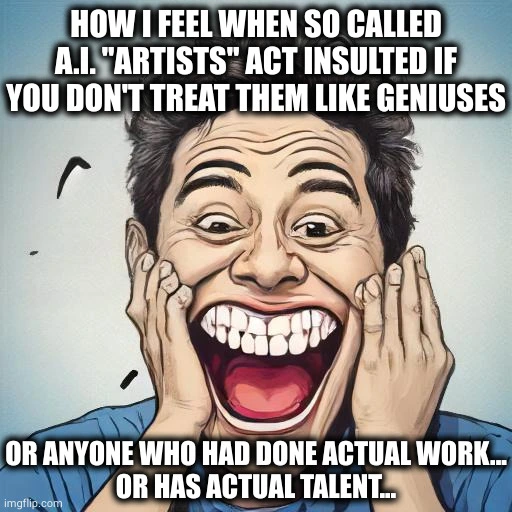You should check out this article on the attacks on paintings by Jewish American artist Barnett Newman. Especially this quote on the piece Who’s Afraid of Red, Yellow, and Blue III, which is basically just an 8’ by 18’ block of red with a blue stripe:
After the 1986 attack on Who’s Afraid of Red, Yellow, and Blue III there was a conversation concerning who would do the restoration of the painting. Despite the work provoking a lot of anger in museumgoers due to its simplicity, the painting was incredibly intricate, and experts knew that it would be nearly unattainable to complete a faithful restoration. Although the work was mostly just an expanse of the color red, both the shade and technique Newman used were difficult to replicate. Prior to the slashing, it was almost impossible to see brush strokes on the work with the naked eye. Additionally, one of the cardinal rules of restoring paintings is that everything done to the work should be reversible, something that would be very difficult to do with such large cuts through the body of the work. The painting sat damaged for many years because no conservationists wanted to touch it.
The dude who did eventually volunteer to restore it more or less went over the entire painting with a roller and red paint, and you can tell immediately.





Yep, they literally cannot work any other way than as a ponzi scheme. Because the people “earning” want to take more money out of the system than they put in, and the company is taking money out as well just to keep the game running and the employees paid, as well as to make a profit. So you need substantially more suckers buying into the system than the money that is being paid out.
Eventually, somebody is gonna be left holding an empty bag.